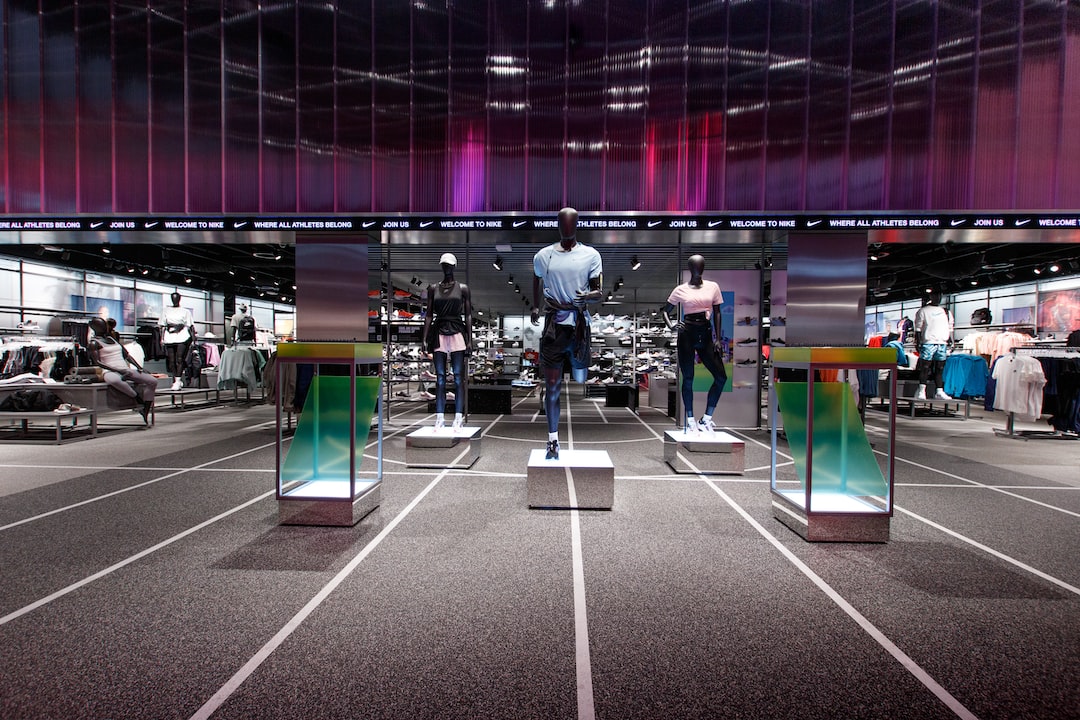The Psychology of Shopping: Understanding Consumer Behavior
Shopping is no longer just a simple transaction of exchanging money for goods; it has become a complex process that involves various psychological factors. Understanding consumer behavior is crucial for businesses to effectively market their products and services. In this blog post, we will delve into the psychology behind shopping and explore the factors that influence consumers’ buying decisions.
One of the primary influences on consumer behavior is the power of perception. Perception refers to how individuals interpret and make sense of the world around them. When it comes to shopping, perception plays a significant role in influencing what consumers buy and where they buy it from.
For instance, an individual’s perception of a brand can greatly impact their purchasing decision. If a consumer perceives a brand to be reliable, trustworthy, and high-quality, they are more likely to choose that brand over its competitors. This perception is often built through advertising, word-of-mouth, and personal experiences with the brand.
Moreover, understanding the psychology of pricing is vital to consumer behavior. Consumers are not always rational decision-makers when it comes to pricing; instead, they are influenced by various psychological techniques employed by businesses.
One such technique is the use of a “charm price,” which is a price that ends in 9 or 99. For example, pricing an item at $9.99 instead of $10 can create the perception of a significant discount, even though the difference is just one cent. Consumers tend to perceive prices that end in 9 as being lower, making them more likely to make a purchase.
Another psychological pricing technique is the concept of “anchoring.” This involves setting a high initial price for a product, then offering a discount that makes the original price seem more appealing. Consumers often anchor their purchasing decisions based on the initial higher price and feel as though they are receiving a bargain.
Besides perception and pricing techniques, social influence also plays a significant role in consumer behavior. Humans are social creatures who are deeply influenced by the people around them. Therefore, if individuals see others endorsing or purchasing a particular product or brand, they are more likely to follow suit.
This is commonly seen in the fashion industry, where trends are born out of social influence. When consumers observe their favorite celebrities or influencers wearing a specific brand or style, they are persuaded to imitate their behavior and purchase those products.
Moreover, the in-store shopping experience can significantly impact consumer behavior. Retailers aim to create an environment that is both visually appealing and conducive to making purchases. Factors such as store layout, music, lighting, and even scents can subtly influence consumers’ moods and affect their buying decisions.
For instance, research has shown that playing slow-paced music in a store can slow down customers’ movements, encouraging them to spend more time browsing and potentially making more purchases. Similarly, the scent of certain products, such as freshly baked bread or coffee, can evoke positive emotions and create an enjoyable shopping experience, thus increasing the likelihood of sales.
In recent years, the growth of e-commerce has opened up new avenues for understanding consumer behavior. Online shopping provides businesses with vast amounts of data, allowing them to target consumers based on their browsing and purchasing behavior.
Through the use of personalized product recommendations and targeted advertising, businesses can tailor their marketing strategies to meet the individual needs and preferences of consumers. This level of personalization can significantly influence consumers’ buying decisions and foster brand loyalty.
In conclusion, understanding consumer behavior and the psychology behind shopping is essential for businesses to thrive in today’s competitive marketplace. Factors such as perception, pricing techniques, social influence, and the in-store/online shopping experience are all significant contributors to consumer decision-making. By harnessing these psychological insights, businesses can effectively market their products and services, creating a positive shopping experience that drives sales and builds customer loyalty.


